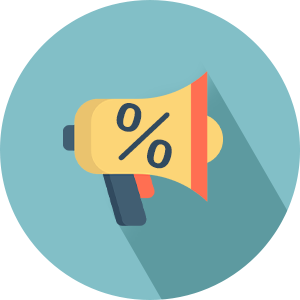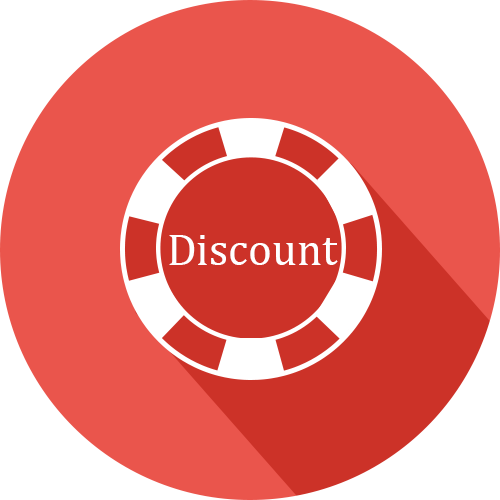What sells better - something free or something off?
Relevant topics Archive, Strategy
2 euros off or a complementary recipe book?
Price-based incentives remain one of the most common types of sales promotion. However, non-monetary incentives have become increasingly more common. Non-monetary incentives mean that consumers receive a free gift (premium) with a purchase of a product. A good example is McDonalds’s Happy Meal, which comes with a free toy.
So what do consumers prefer? 2 euros off or a complementary recipe book? A recent study looked at the fast moving consumer goods (FMCG) retail sector to explain why price cuts are superior to premiums.
Avoiding blunt marketing gimmicks
Prospect theory suggests that premiums may be more attractive than equivalent monetary promotions because consumers understand the former as separate gains and not merely as reductions of the price to be paid.
However, there seems to be more contra arguments. The money saved from a price cut is completely fungible and can be allocated flexibly, while a premium’s benefits are fixed. Moreover, the fact that the premium is offered for free may trigger a devaluation effect such that the premium is perceived as of lower quality and less valuable.
A premium promotion – more so than a price cut – may be perceived as a blunt marketing gimmick designed to boost sales. The object-perception principle of attribution theory suggests that consumers may attribute such obvious marketing effort to the manufacturer’s or retailer’s fear of dismal sales and infer that the brand is of low quality. This is also called the reactance effect, which implies that consumers may feel manipulated and therefore refuse to act in accordance with suggested behaviour (purchase).
Free gifts must be relevant
Premiums can improve consumers’ attitude and preference for the promoted brand, generate favourable brand associations and increase the perceived value of an offer. Premiums with little value to consumers can be damaging to the brand as they are then perceived as a blunt marketing gimmick to boost sales. Therefore, premiums are less effective than price cuts, when a company cannot satisfy the above conditions.
Boundary conditions
Both price cuts and premiums tend to be more effective for well known brands rather than private labels.
- First, consumers tend to be more attentive to marketing actions of well-known brands
- For price cuts, lower prices make well-known brands more affordable to more people
Attitudes towards the promoted product and the premium are improved when product and the premium are complements. For example, when a home delivered meal box also includes free samples from other food brands. When customers ordered a salmon meal, they would receive complimentary seasoned salt that they can try out with their meal (Hello Fresh US).
Compatibility reduces perceptions of manipulation and lowers negative effects of reactance. When this exists, superiority of the price cut decreases.
Take away points
- Price cuts are superior to complimentary gifts as they have a greater positive impact on purchase behaviour
- Negative reactions towards the premiums are underlined by a number of factors.
- Both of these sales promotions work better for well-known brands.
Further Reading
-
A different – and more effective – way to use discounts
Would you rather have a 10% chance to get your product for free or a fixed 10% discount? And what does your customer prefer? Mazar, Shampanier & Ariely (2017) decided to investigate the attractiveness of this probabilistic free price promotions. Find out how to use the Las Vegas Gamble discount in your advantage!


